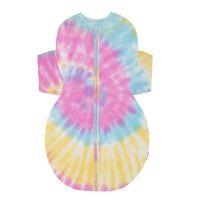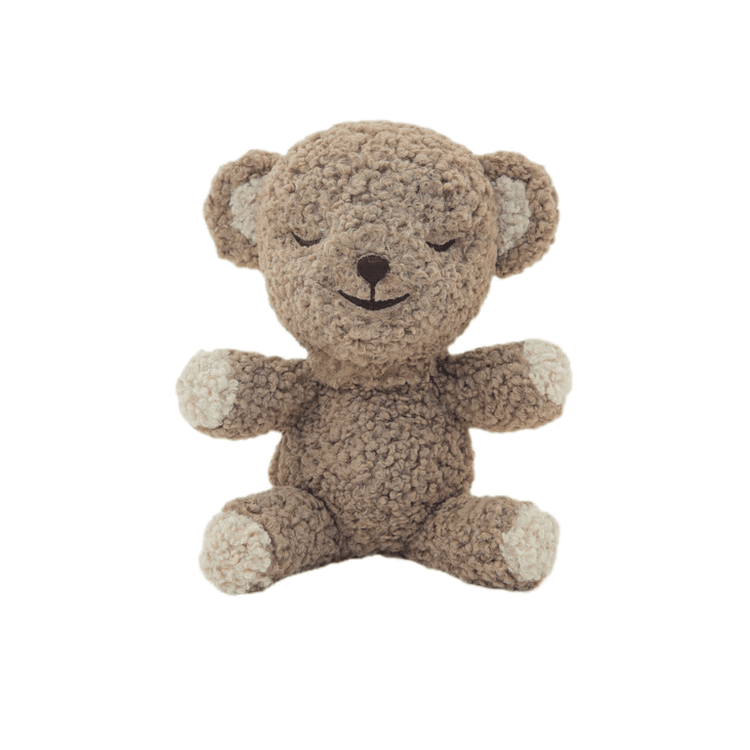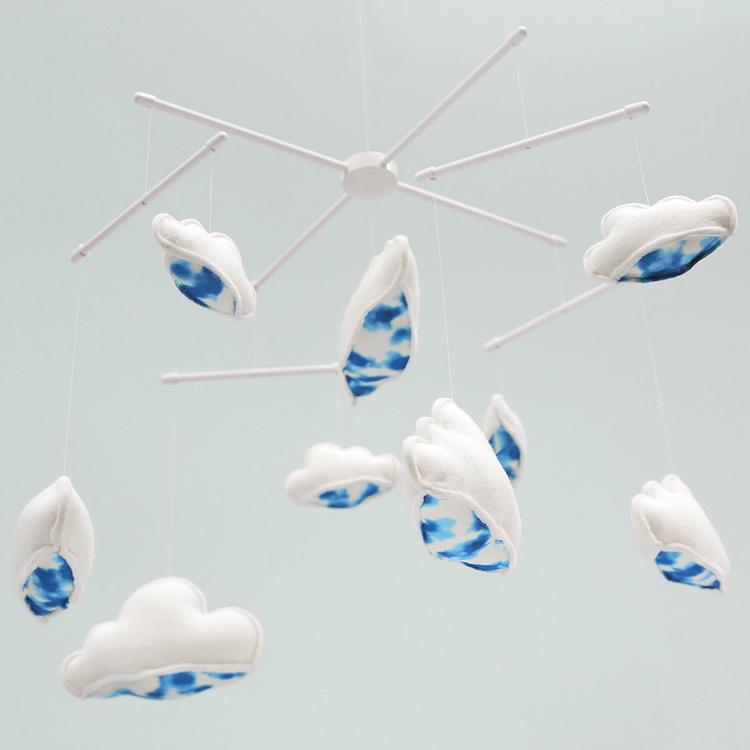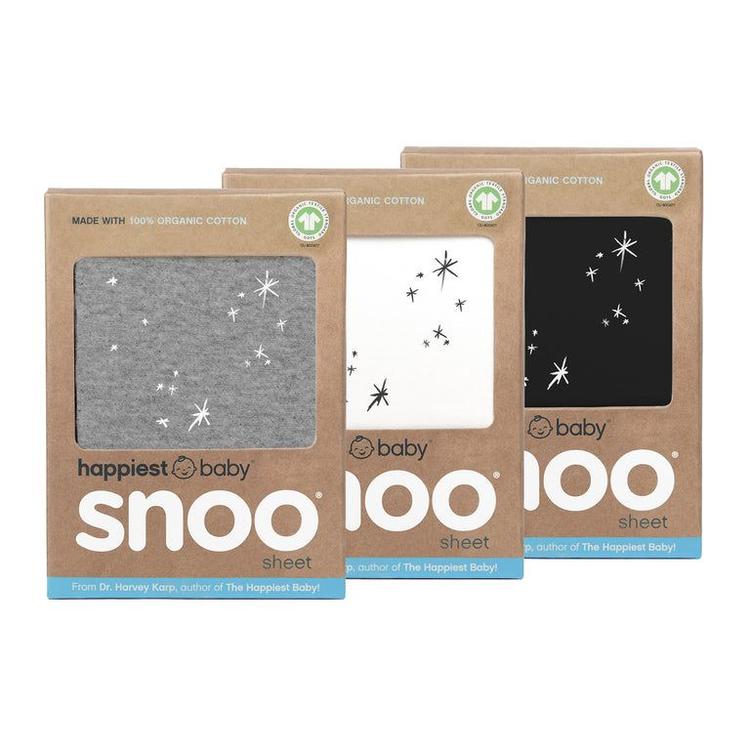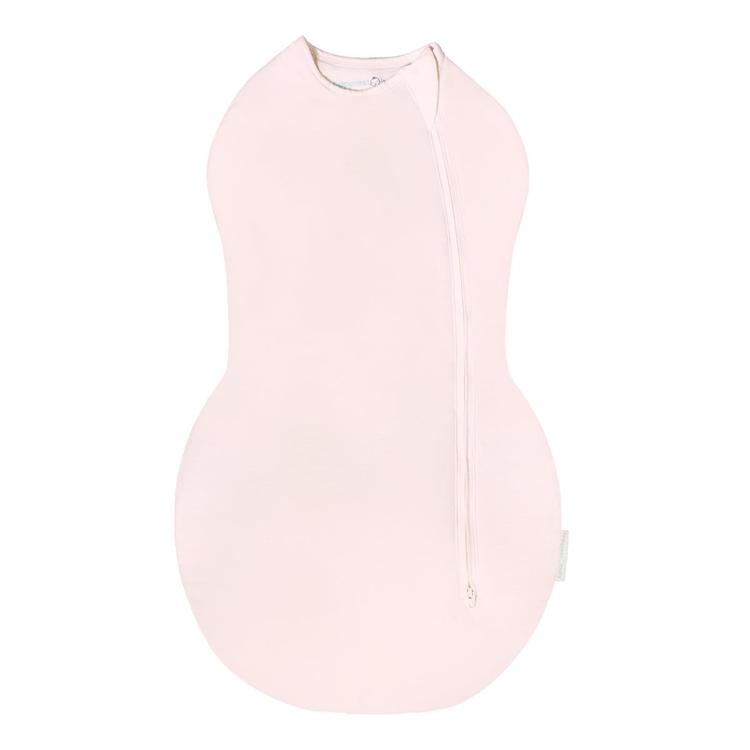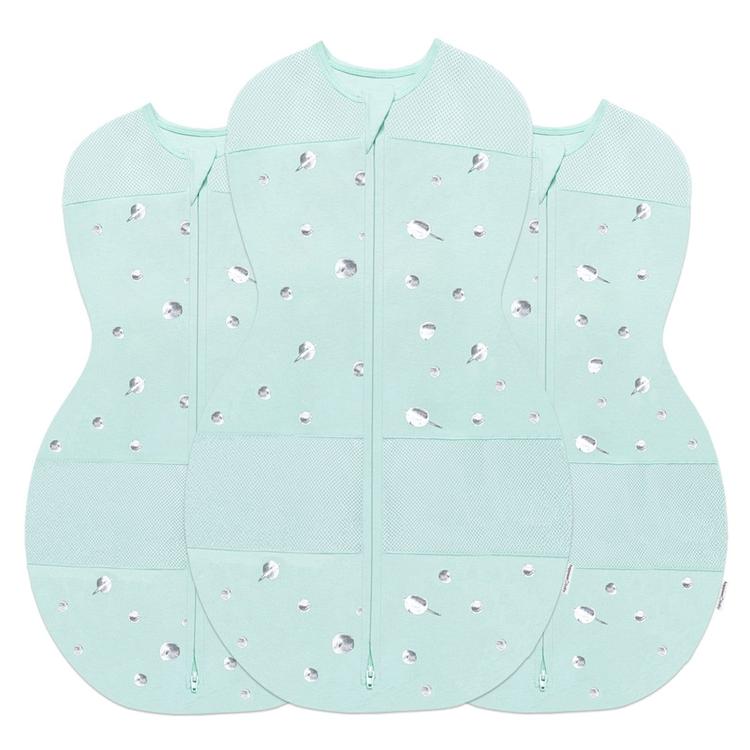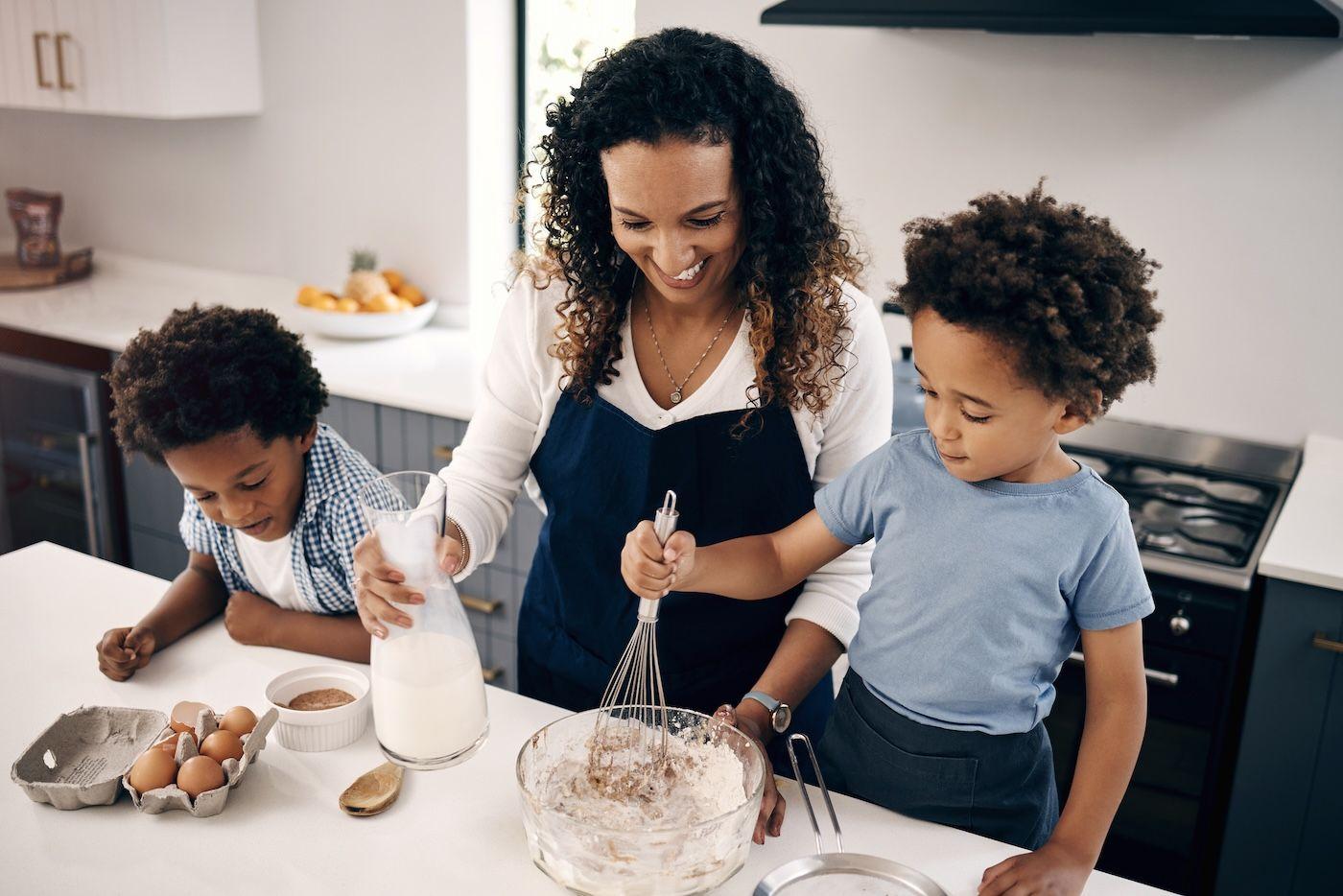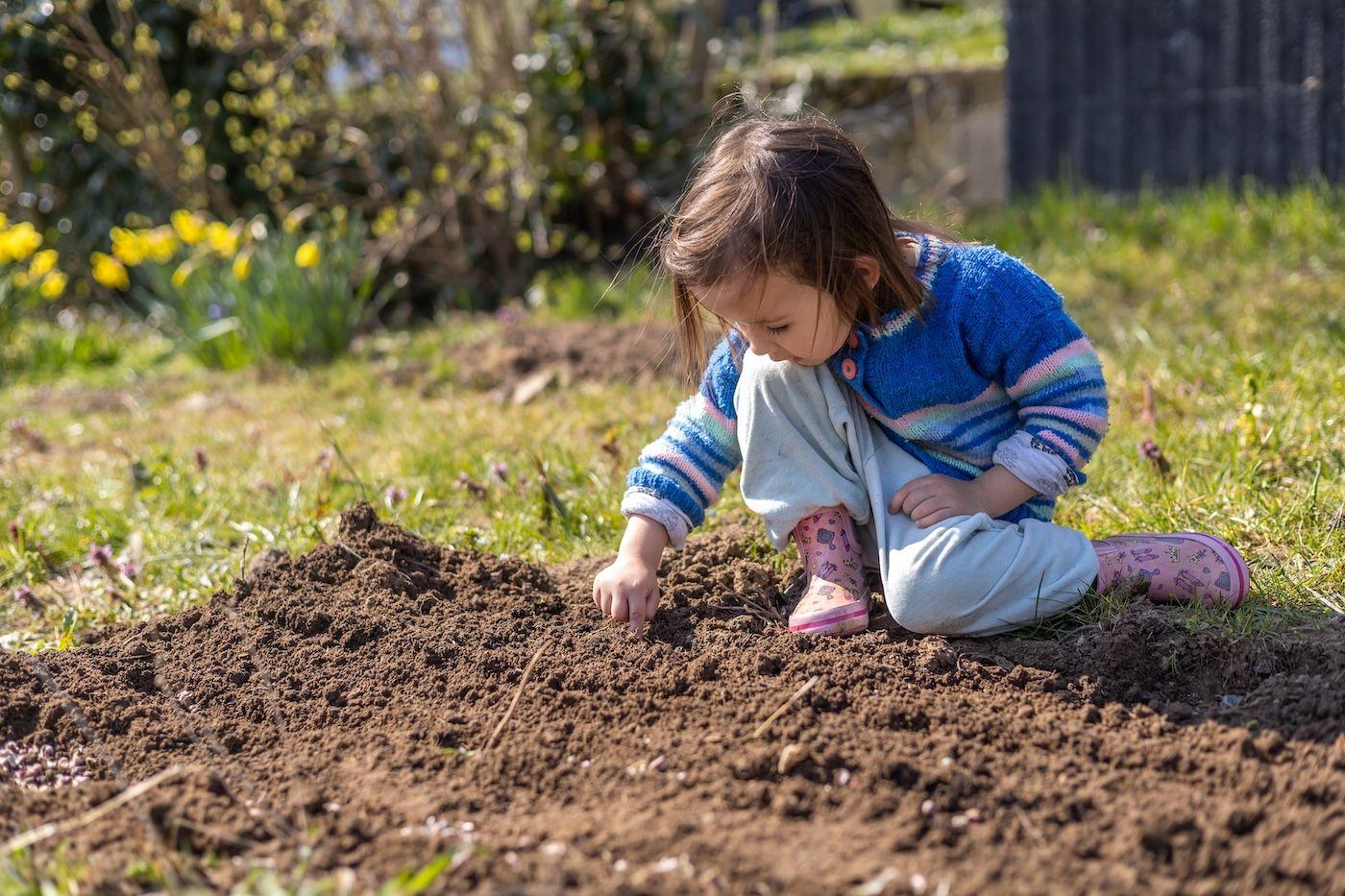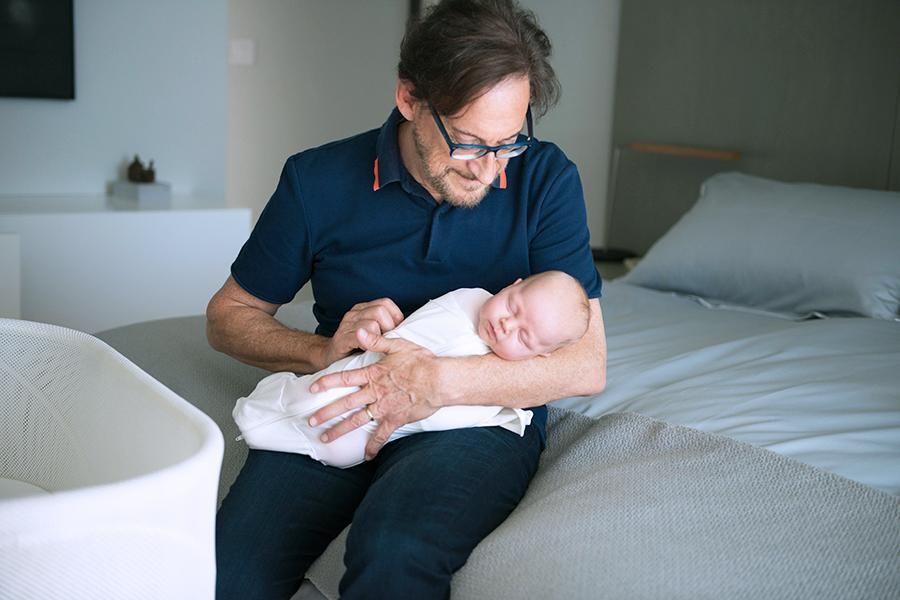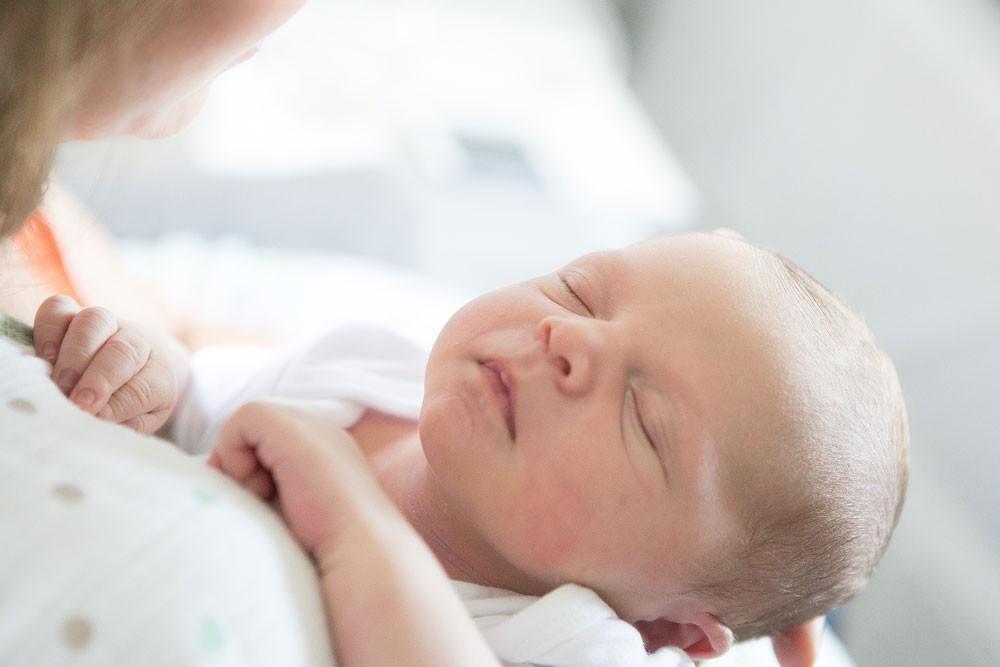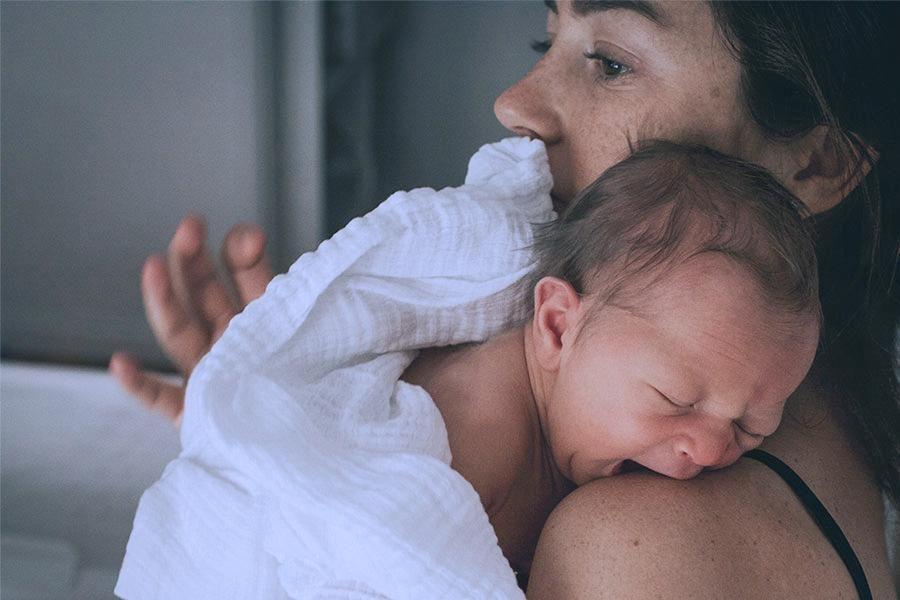Experienced parents know that toddlers often tune out our explanations and sermons (messages delivered to the 'front door' of a child’s mind) but pay sharp attention to what they see us do or overhear us say (messages delivered to the 'side door' of the mind).
Side-door lessons allow us to sneak into our children’s minds and plant seeds of kindness and good character without our little ones feeling lectured to. And practicing good behaviour, over and over, through pretend play is just as powerful a teacher to your young child as actual experience.
Tell Fairy Tales
For thousands of years, fairy tales like 'Little Red Riding Hood' have been told around the campfire to entertain children and adults. More than mere entertainment, these little stories teach life lessons like courage, honesty, and not talking to strangers (or 'wolves'). Think of them as planting seeds of character and kindness that slowly take root in your child’s spirit.
Figure out what you want to teach your child—for example, a lesson about not getting upset when you have to go off to work every day—then use this simple three-step recipe to cook up the perfect fairy tale for your toddler.
First, capture your child’s imagination with lots of description. Start out by saying a few sentences about what the hero of your story is doing and feeling (think of both her emotional feelings and her five-senses feelings). Within a minute, your toddler will start feeling snuggly and interested and her mind’s trusting side door will swing open.
Now, weave in a little lesson about a specific behaviour or value that you want your child to learn—sharing, helping others, telling the truth, saying thank you, et cetera. This is where you introduce the problem that must be solved. Then, finish your story with the problem being solved, the characters being safe, and everyone living 'happily ever after.'
Catch Others Being Good
Another 'side-door' way to teach your child good behaviours is to comment when you see other kids (and adults) doing them. I call this catching others being good.
You will have many chances to use this skill. When you are driving, you can comment on how nicely the drivers wait at the red light . . . or take turns at the stop sign. At stores, notice how people buy yummy food but keep it closed until they get home. At school, notice how the big kids eat with forks or how they rub their hands really hard when they wash them.
This is not a big lecture, just some casual comments on things you see people doing in books and magazines. Later that day, let your child overhear you whispering to Daddy about what you saw and about how it makes you feel: 'We saw a lot of people waiting quietly at the bank. I like when people do not keep pushing me when I am waiting in line.'
Role-Play
Around your child’s 2nd birthday, he will start having his toys engage in little conversations and he will like pretending to be other people (or things)—Batman, a truck, a talking duck. Role-playing is a way to use these fun activities to plant more seeds of kindness through the 'side door' of his mind.
In role-playing, you and your child act out a situation (or use dolls to act out situations). Role-playing is great because there is no pressure. Kids get to be silly, make mistakes, and have fun, even as they are learning.
Like actors who practice a lot to learn their lines, the more you role-play important life lessons with your child, the faster he will learn what is right and wrong and remember it and do it in the future.
As with fairy tales, you want your story to have a beginning, middle, and end to make it interesting. But besides that basic rule, you can create endless variations on role-playing and use anything that comes to mind…you can act out a familiar book, make up a new story, or put on a puppet show!
This method works best for tots around 2 to 3 years of age—that is the time they become interested in pretending to be other people. (You can role-play with younger toddlers too, but you will have to play all the parts.)
Demonstrate Kindness & Consideration
Our toddlers imitate most things we do. If we eat with our fingers, they will use their digits to eat their mac 'n cheese too. If we let a swear word slip…well, do not be surprised if you hear the same word come out of your toddler’s mouth. In your toddler’s eyes, you are the smartest, coolest person ever—that is why your child loves to watch and imitate everything you do, from sweeping the floor to showing kindness.
Use your toddler’s 'monkey see' instinct to show them what kindness looks like in action. Replace negative comments with positive ones when you speak to friends and family. Let your toddler see you help a neighbour with her groceries, hold the door for the person behind you at the library, or send a 'get well' card to a sick friend.
After seeing your own kindness in action, your toddler may feel inspired to act kindly too. Remember, kindness is contagious.
For more tips on understanding and living in harmony with your toddler, check out The Happiest Toddler on the Block!




